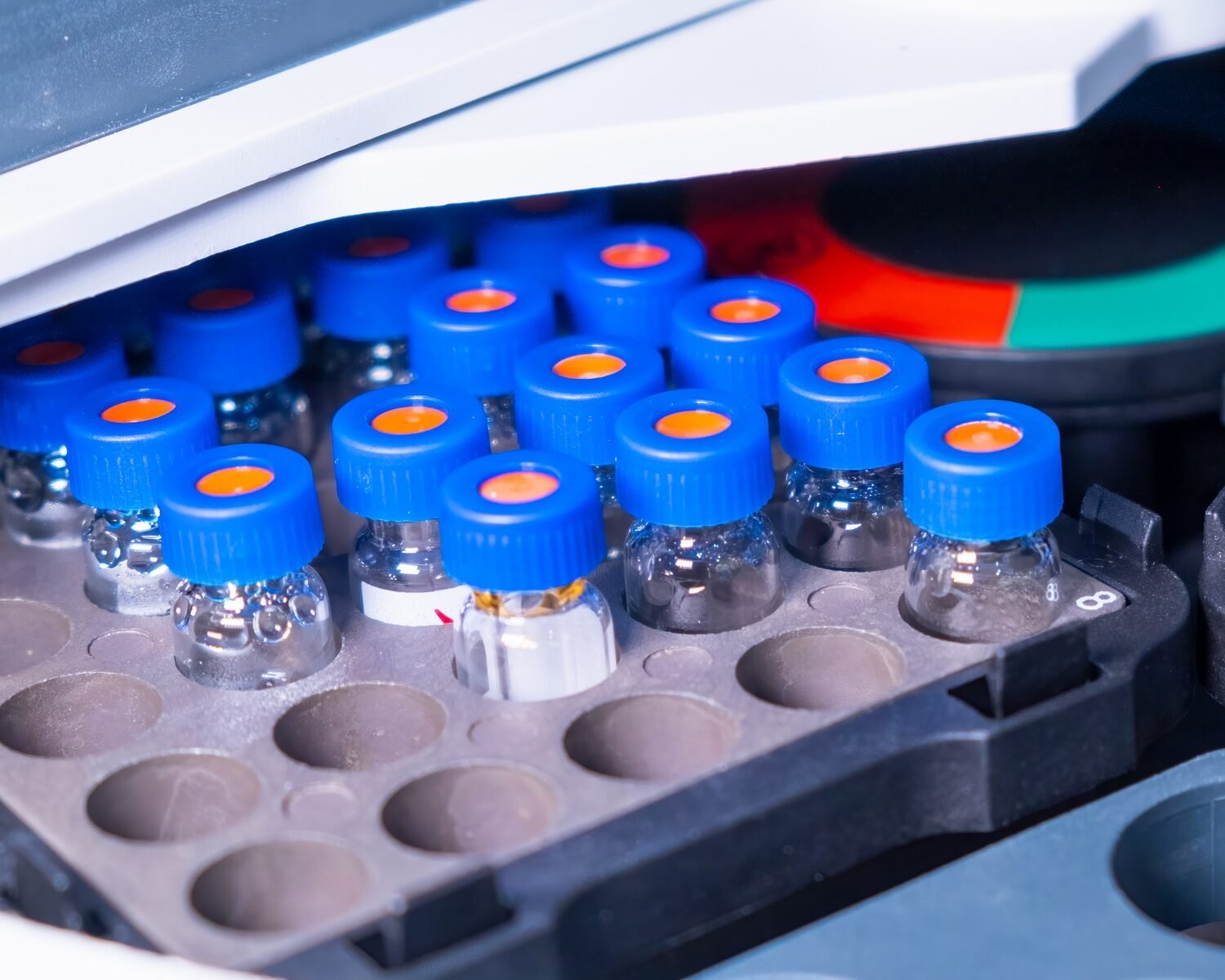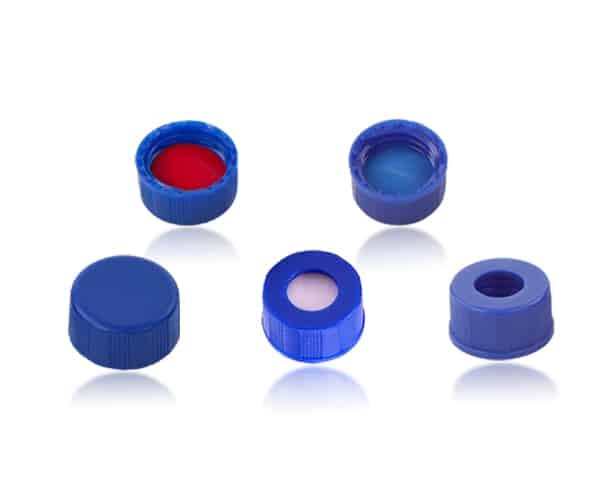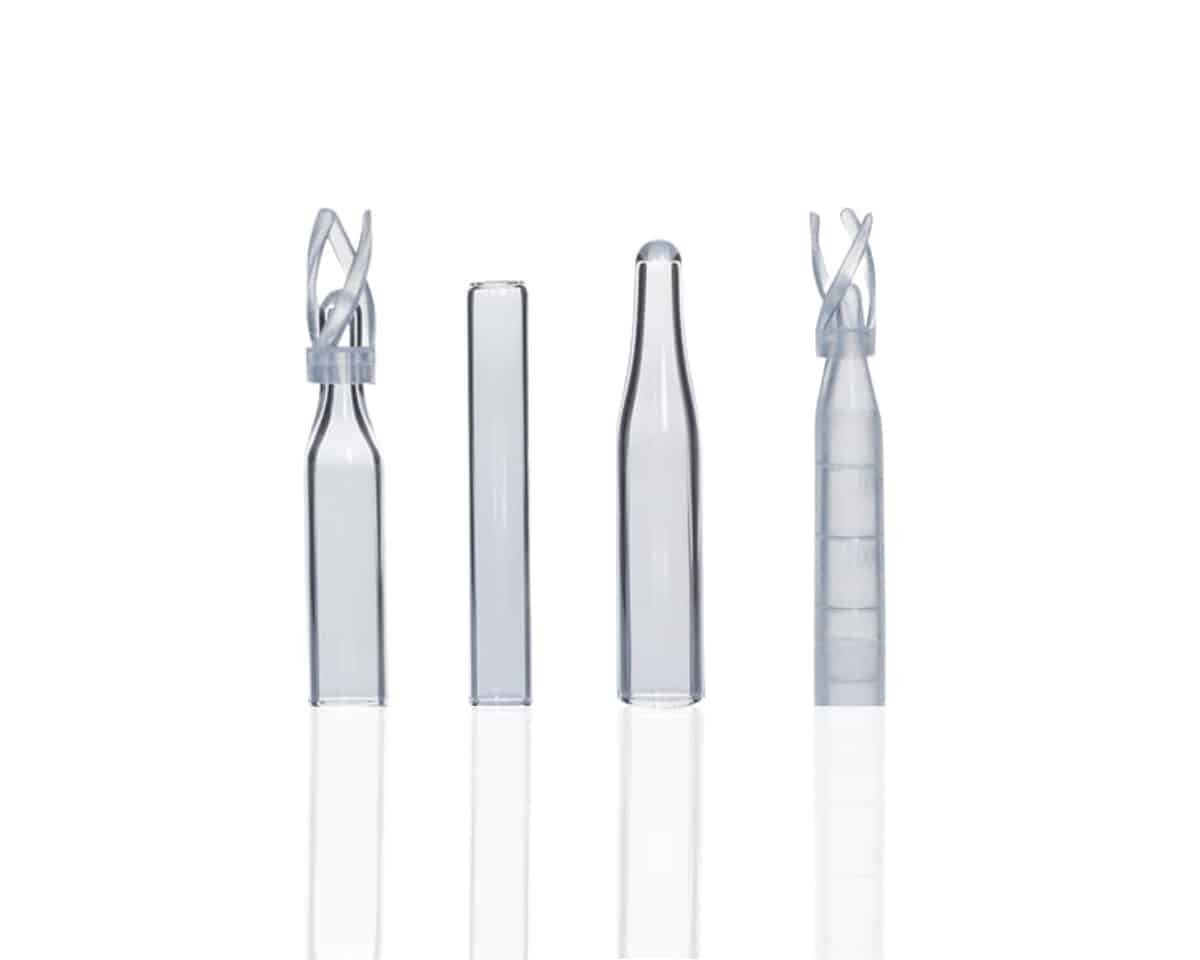Introduction: The Common Struggles of HPLC
Let me ask you—how often does your HPLC setup misbehave just when you need it most? You’re in the middle of an important analysis, and suddenly, the baseline goes haywire, the peaks split, or worse, the pressure starts fluctuating wildly. Sound familiar?
If you’ve been working with HPLC for any amount of time, you know how temperamental it can be. But don’t worry—you’re not alone, and these issues are usually fixable with the right approach.
Today, I’ll walk you through some of the most common HPLC problems—pressure fluctuations, baseline noise, and peak splitting—and share practical tips for solving them.
Think of this as a troubleshooting guide from someone who’s been there, done that. What do I think of these solutions? They’re simple but effective. Let’s dive in!
Answer Section
HPLC troubleshooting involves identifying and fixing issues such as peak tailing, baseline noise, or retention time drift. Solutions include proper maintenance, using high-quality vials, and optimizing methods. Let’s explore these problems in depth so you can get back to smooth operations.
Pressure Fluctuations: Causes and Fixes
Why Does Pressure Fluctuate?
Pressure issues are among the most common headaches in HPLC. They can happen for a lot of reasons, but here are the usual suspects:
- Clogged frits, filters, or columns.
- Air bubbles in the system.
- Blocked tubing or injector ports.
How to Identify the Problem
Before fixing anything, you need to pinpoint the issue. Does the pressure spike during sample injection? Or is it erratic even when running blanks?
- Check Filters and Frits: These components trap particulates but can become clogged over time.
- Inspect Tubing: Look for kinks or blockages.
- Purge Air Bubbles: Air in the pump or detector flow cell can wreak havoc.
Practical Solutions
- Replace Filters and Frits: Make it a routine to replace these regularly—don’t wait for a problem to arise.
- Degas Your Solvents: Use a degasser or ultrasonicator to remove dissolved gases.
- Prime the System: Always prime your system before starting a run to expel air bubbles.
Baseline Noise: Understanding the Culpri
What’s Causing the Noise?
Baseline noise is tricky because it can come from so many places:
- Electrical interference.
- Contaminated mobile phase.
- Detector or flow cell issues.
Troubleshooting Tips
- Start with the Mobile Phase: Is it freshly prepared? Did you filter it? Contaminants can introduce noise.
- Check Your Detector: If the noise pattern changes when you switch detectors, you’ve found the problem.
- Inspect the Flow Cell: Dirty or damaged flow cells can also contribute to noise.
Quick Fixes
- Use a high-quality mobile phase and filter it through a 0.45-micron membrane.
- Ensure your detector and flow cell are clean and properly aligned.
- Minimize electrical interference by keeping the system grounded.
Do you agree that mobile phase quality is often overlooked? I’ve seen it happen too many times!

Peak Splitting: Causes and Cures
Why Are Peaks Splitting?
Peak splitting happens when your analyte is partially resolved, and it’s usually a column-related issue. Common causes include:
- Poor column installation.
- Incorrect injection volume or solvent mismatch.
- Damaged or worn columns.
How to Diagnose
- Check if the issue persists with a different column.
- Compare injection volumes—too much sample can overload the system.
- Review the solvent composition to ensure it matches the sample.
How to Fix It
- Reinstall the Column: Ensure proper tightening and avoid over-torquing.
- Match Injection Solvent and Mobile Phase: Mismatched solvents can cause poor peak shape.
- Use the Right Column for the Job: Columns wear out over time, and sometimes, replacing them is the only solution.
What do I think about column care? Treat your column like gold—it’s the heart of your system.

Proactive Tips to Avoid Problems
Routine Maintenance
- Replace consumables like frits, filters, and tubing on a regular schedule.
- Clean and inspect your column and detector weekly.
Keep a Troubleshooting Log
Document issues as they arise. Patterns often emerge, and you’ll solve problems faster by having a history to reference.
Invest in Quality
Whether it’s mobile phase solvents or replacement parts, high-quality materials can prevent a lot of headaches.
Conclusion: Taming Your HPLC System
HPLC troubleshooting doesn’t have to be overwhelming. Common issues like pressure fluctuations, baseline noise, and peak splitting can often be resolved with systematic diagnostics and simple adjustments. For pressure issues, regularly inspect filters, frits, and tubing, and ensure solvents are properly degassed. Baseline noise typically stems from mobile phase contamination or detector problems, which can be mitigated with clean solvents and proper flow cell maintenance. Peak splitting often points to column problems or solvent mismatches, which can be resolved by proper column installation and ensuring injection solvent compatibility.
By adopting proactive habits like routine maintenance, documenting issues, and investing in quality consumables, labs can reduce downtime and improve analytical results. Embrace these practices, and HPLC troubleshooting will feel less like a chore and more like fine-tuning a reliable system.
HPLC problems can feel overwhelming, but with a bit of patience and a structured approach, most issues are solvable. Remember, many problems stem from small, preventable oversights like clogged filters, dirty mobile phases, or poorly maintained columns. By investing in routine care and paying attention to the details, you’ll not only save time but also improve the quality of your results.
What’s the biggest HPLC problem you’ve faced? Let me know—I’d love to hear your story!

FAQ: Common Questions About HPLC Troubleshooting
Q: How often should I replace my HPLC filters and frits?
A: It depends on usage, but a good rule of thumb is to replace them monthly or whenever you notice pressure issues.
Q: What’s the best way to prevent baseline noise?
A: Start by ensuring your mobile phase is clean and filtered, then inspect your detector and flow cell for any contamination.
Q: Why do my peaks keep splitting?
A: Peak splitting is often due to a mismatch between your injection solvent and mobile phase, or it could be a sign of column wear. Check both factors.
Q: How can I prevent air bubbles in my HPLC system?
A: Always degas your solvents and prime the system before use. Additionally, inspect connections for any leaks that might introduce air.
Q: Is it worth investing in premium consumables?
A: Absolutely. High-quality columns, filters, and solvents can save you time and money by reducing troubleshooting needs.
Recommended Articles for Reference:
- HPLC Troubleshooting | Thermo Fisher Scientific – US
This comprehensive guide from Thermo Fisher Scientific covers common HPLC issues such as pressure fluctuations, peak tailing, and more, offering practical solutions to enhance your chromatography results. - Eliminating Baseline Problems – Agilent
Agilent provides insights into addressing baseline anomalies, including noise, drift, and ghost peaks, with tips organized by root cause to help you maintain a stable baseline. - How to Flush an HPLC Flow Cell to Troubleshoot Baseline Noise
This article offers a step-by-step procedure to flush a dirty flow cell, aiming to remove baseline noise and improve detector performance. - Diagnosing & Troubleshooting HPLC Pressure Fluctuation Problems
This blog post discusses the challenges of dealing with large pressure fluctuations in HPLC and provides strategies to diagnose and troubleshoot these issues effectively. - HPLC Troubleshooting Guide to Cycling Baselines and Pressure Fluctuations
This guide focuses on identifying and resolving issues related to cycling baselines and pressure fluctuations, offering practical advice for maintaining system stability.
These resources offer valuable insights and practical solutions to common HPLC problems, helping you achieve more reliable and accurate analytical results.










